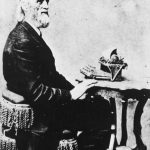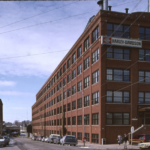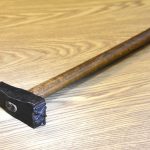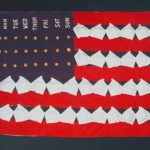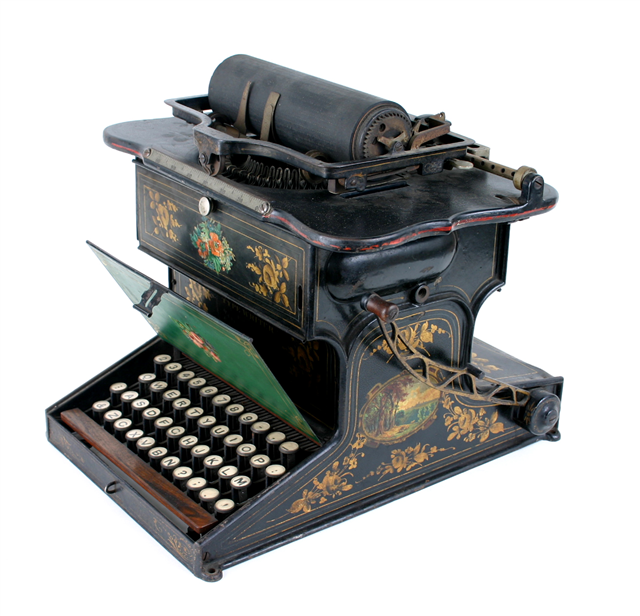
Courtesy of the Wisconsin Historical Society, ID 1964.31.
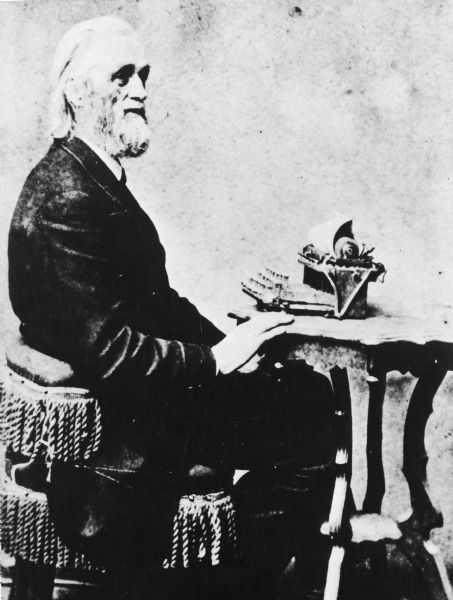
Christopher Latham Sholes (1819-1890) had a number of interests, one of which was spending time at Kleinsteuber’s Machine Shop in Milwaukee. While there, he met other tinkerers including Samuel Soule who was a printer by trade and Carlos Glidden who was a lawyer and the inventor of a steam-driven rotary plow and a mechanical spader. At the time, Sholes was particularly interested in inventing a device that could print page numbers on paper. Sholes and Soule worked together to design such a device that was received its patent on November 13, 1866.
Shortly after, Carlos Glidden shared an 1867 issue of “Scientific American” magazine with Sholes. The article sparked his interest in a British prototype called a Pterotype machine by the Alabama-based inventor John Pratt. The machine is considered one of the first typewriters, but Sholes was not satisfied with the machine because of its complexity. Sholes wanted to invent a machine which would print letters and words thus his interest in inventing a “type writer” came into being. Together the Sholes, Soule, and Glidden submitted their version of a typewriter for a patent on June 3, 1868.
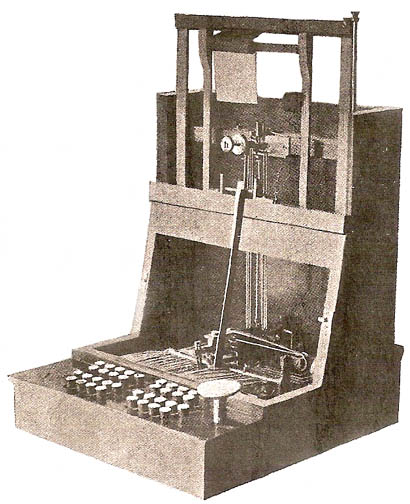
The first device submitted for patent was made of brass and wood and measured 5 ½ inches x 12 ¼ inches x 12 1/8 inches. The keyboard consisted of 11 piano keys (6 white and 5 black). Sholes mounted a telegraph key to the base of the typewriter so that when he tapped on the keyboard, the type jumped up, leaving a mark on the carbon paper. From the moment that patent 79,265 had been approved on June 23, 1868, Sholes was on his way to improving this new invention called the typewriter. Today the Smithsonian retains his first machine in their collection.
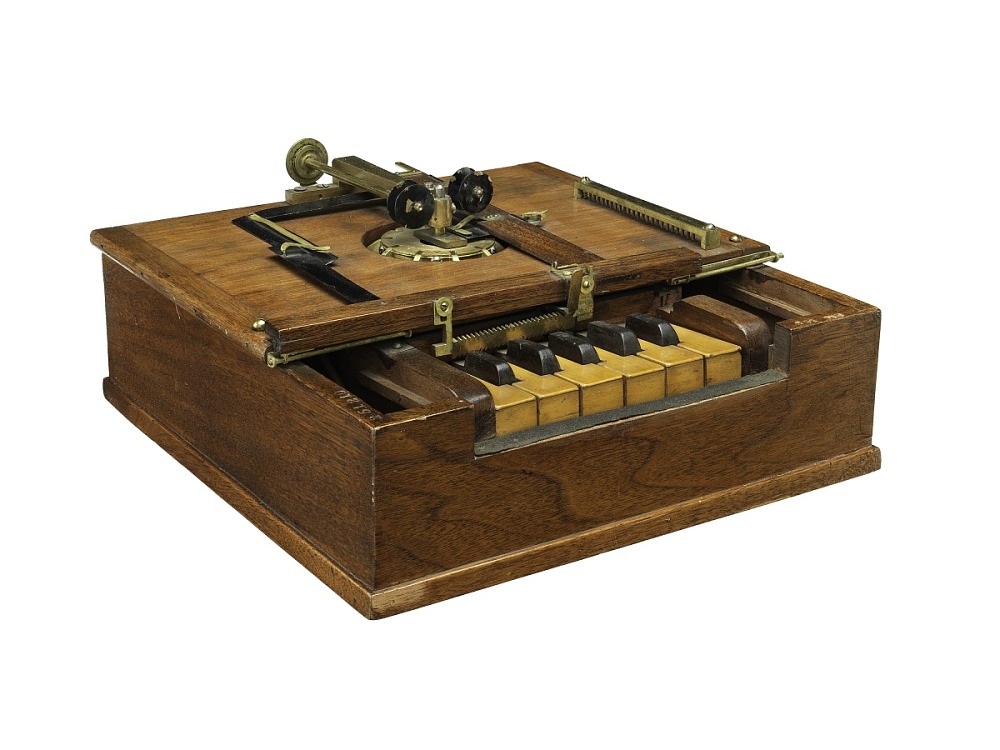
Although they had completed the patent in 1868, it took the trio about 7 years to prepare the typewriter for mass production in 1874. The first model required a number of refinements and testing to transform the roughly built model into a well-working and dependable machine.
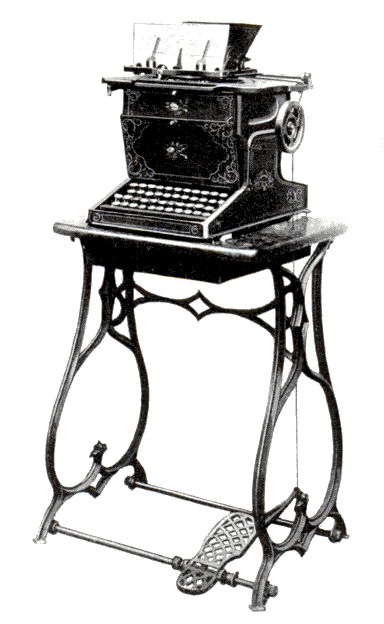
To bring the typewriter into production, financial backing was needed. James Densmore worked with Sholes on the design of the machine itself and then persuaded Sholes to have the Remington Company of New York mass produce the machine. The Remington Company was well known for providing arms for use in the Civil War and for producing sewing machines. The first models built in 1874 were made by men who specialized in sewing machines.
These first typewriters were not well received and did not sell well. For some, the main problem was that typists could not see what they were typing as they typed. In 1878 the second Remington machine had added features making it more attractive to the consumer, including an adjustment so that typists could see their text. This machine also allowed the typist to use both capital and lowercase letters via a shift key. By 1900 Sholes’ invention was selling as many as 100,000 typewriters in a single year. “The typewriter industry was underway!”[i]
Written by Cheryl Kaufenberg, September 2021
FOOTNOTES
[i] http://typetisdale-typetisdale.blogspot.com/2012/02/first-typewriter-darryl-rehr.html
